Destinations
Northern exposure: Discovering the joys of the Mountain Province
John Ryan Nual Mendoza discovers the joys of Northern Philippines.

As a development worker for years in the far-flung indigenous communities in the Mindanao mountains, finding nature just right outside one’s doorstep has been a much missed memory after recent city-dwelling years. So when I got the invitation of some friends to travel to the Mountain Province, a landlocked province in the Cordillera Administrative Region in Luzon, to support a community effort to help build a children’s library made of trash filled plastic bottles, I immediately packed and sped to the nearest bus terminal for the P445 trip to Baguio City to rendezvous with the group; and from Baguio, caught the non-aircon buses at the Dangwa Station at the back of the Center Mall for P212 that took us through the six hour treat to the dramatic cliffs and mountains of the Cordilleras.
Braving Bontoc
Poblacion Bontoc is quite a compact town center where the provincial capitol building, plaza, market, municipal hall, and commercial center are located. One can either just hike or ride around in a tricycle for eight pesos per trip. The Bontoc Provincial hospital has been one of the facilities I find notable in the country for their promotion of indigenous and alternative health practices; they encourage utilization of Igorot herbs and practices and a traditional Chinese acupuncturist serves fulltime in their physical therapy unit.
 We stayed at the Churya-a Hotel & Restaurant that is just situated along the national road – a five story building with verandas on each floor with a cozy view of the townscape. Nights at the poblacion, though, could be a disappointment to travelers seeking more quiet spaces as townspeople spend their time at karaoke bars and disco live bands in the vicinity. Bontoc has been known as the first mining town in this mountainous region of North Luzon, where locals would travel to for leisure and business.
We stayed at the Churya-a Hotel & Restaurant that is just situated along the national road – a five story building with verandas on each floor with a cozy view of the townscape. Nights at the poblacion, though, could be a disappointment to travelers seeking more quiet spaces as townspeople spend their time at karaoke bars and disco live bands in the vicinity. Bontoc has been known as the first mining town in this mountainous region of North Luzon, where locals would travel to for leisure and business.
For breakfast, a must-try would be the early morning coffee at the Bontoc Public Market. Locally sourced and organic, Arabica coffee blends only cost ten pesos per cup.
The bottle library is being constructed in the upland village of Guina-ang which is an hour drive of seven kilometers of winding roads up the mountains. Next to Guina-ang is the village of Mainit, which is known for its hot sulphur springs. We decided to spend one night in these invigorating baths before getting into hard labor. The jeepney ride to Mainit and Guina-ang is parked beside the Shell Gas station in Bontoc. The jeepney leaves usually at 2:30 PM and the next at 4:00 P.M. On days with no rain, one can ride on top of the jeepney and enjoy much of the view of rice terraces while going up. Mainit accommodations priced at P300 per person were very modest. One must be warned that water from the faucet (when flowing) is still sourced from the hot springs, so one could burn him/herself. The hot spring water piped into small pools could be murky, but locals say that it is a good sign that various healthy minerals are present. A warm soak is just a perfect match for this village’s very cool climate.
Spending many days doing community work in the village of Guina-ang has given me a glimpse of the strong collective indigenous culture among the Bontocs. United by a common history and struggle, the Bontocs have learned to rely on their strength as one community to warmly welcome initiatives from the outside if they are deemed beneficial to all and shun any external action that could put them at a disadvantage. The steady progress of the bottle library is attributed to this cooperative spirit that is shown by each one, young and old, in this mountain village.
Surviving Sagada
This first trip of mine to this part of the Cordilleras would be sorely lacking without experiencing Mountain Province’s pride: Sagada. In Bontoc, jeepneys going up to Sagada are located on the street beside the Walter Clap Centrum. Travelling up to this other mountain town would just take less than an hour.
I first noticed the significant drop in temperature when we arrived. We were there in February, the coldest month, when it is reported that temperatures drop to 12 degrees Celsius at night. I stayed at Alfredo’s Inn for P250 a night for a single bed with a common bathroom with hot showers and Wi-Fi. All other hostels also charge the same rate, though with just minimal differences, such as a viewing deck and better accessibility to the town’s public amenities and attractions.
Sagada is known for its natural wonders of caves, falls, limestone cliffs, rice terraces, burial sites, and other historical landmarks. It has a land area of only 8,000 hectares and most spots can actually be reached by just walking. Mountain bike rentals are also available for P500 per day or P100 per hour. While we managed to find the Echo Valley and the Hanging Coffins on foot, I personally getting a guide mainly for safety. There are two official guide organizations in town–the Sagada Enviromental Guides Association and the Sagada Genuine Guides Association. These associations have done a very competent job in organizing and standardizing their rates for guide services and van rentals. The tourism office ensures transparency through officially posting them and assuring that there are no hidden charges.
A friend came with me to conquer the cave connection, which can be done anytime between 7:00 AM to 4:00 PM. The caving journey begins at the huge opening of Lumiang Burial Cave, which is a 40 minute walk from the town center. The challenge then starts with a crevice that is narrow enough to fit one person. The passage then led down to various awesome rock formations. Moisture is always present on the rocks, so extra caution and strict compliance to instructions have to be observed to avoid accidents. To facilitate safe access through rocks and tunnels, guides usually offer their shoulder as a “human step stool.” There are also built-in ropes with knots in very challenging areas. There are parts in the exploration that one has to swim during rainy season when some of the pools are filled with water. Yet guides can offer an alternate route if this is not preferred. The tour lasted for four hours until we exited at Sumaging Big Cave. The standard fee is P800 for one to two visitors and P400 for every additional visitor. Another P400 is charged if transportation to and from the town center is availed.
 Finishing the cave connection did give me a great sense of physical achievement. That was then I understood what the t-shirt print “I survived Sagada” really meant. Important reminders for anyone who would attempt this feat would be to wear loose shirt, shorts or loose pants, and rubber sandals/flip flops/ rubber shoes. Guides generally do not advise people with fear of heights and/or closed space, heart ailments, asthma, and injuries to go through this long route and would suggest other less strenuous alternatives such as the short course caving.
Finishing the cave connection did give me a great sense of physical achievement. That was then I understood what the t-shirt print “I survived Sagada” really meant. Important reminders for anyone who would attempt this feat would be to wear loose shirt, shorts or loose pants, and rubber sandals/flip flops/ rubber shoes. Guides generally do not advise people with fear of heights and/or closed space, heart ailments, asthma, and injuries to go through this long route and would suggest other less strenuous alternatives such as the short course caving.
The short course caving is an hour and 30 minutes of spelunking at the Sumaging Big Cave. This cave has a huge chamber and there’s a small tunnel at the end. To date, guides report that this is the most frequented tourist attraction in Sagada. Visitors are treated to amazing rock formations, huge open chambers and boulders to climb over. Sumaging cave is the habitat to thousands of bats. Visitors usually come upon a dung section in one of the huge spacious chambers. All visitors climb back at the same route. On the way back to town, the guide usually brings guests to the entrance of Lumiang/Burial Cave and drop by at the view point if Sugong Hanging Coffins, which is an hour walk. The guide fee is P500 pesos for up to four visitors.
All these other adventure options are in the list of the things I would love to conquer when I get back (Much cheaper when done in groups):
- The Sagada to Mainit Hotspring Trekking is a five to seven hour climb and trek through rice terraces, villages, and rivers. Guests would then spend a night at the Mainit hotsprings. Guide fee is P2,500 per visitor.
- The Mt. Sisipitan trekking is a six hour hike back and forth up a mountain of mossy and pine forests with an elevation of more than 2,200 meters. Guide fee is P2,000 per person.
- The Danum – Mt. Langsayan trekking is a three to four hour traverse hike through mossy and pine forests that overlook two municipalities and offers a vast view of the rice terraces. Guide fee is P1,000 for up to three visitors.
- The Marlboro Country trekking is an hour and 30 minutes hike from the mountain’s base to the peak. The Mt. Ampacao trekking is a hike to an elevation of about 1,880 meters. Guide fee for each trek is P600 good for up to 10 visitors.
- The trip to the Bomod-ok Big Waterfall is a three hour hike back and forth from the Bangaan road. Fee: P600 good for up to 10 visitors.
- The sunrise viewing at the Kiltepan mountain ranges offers an “aerial” view of rice terraces. The trip starts at 4:30 in the morning. Fee is P450 per ride which is good for up to 10 visitors
- The sunset viewing at Lake Danum starts at 4:30 in the afternoon. Visitors also stop by at Sagada Pottery. Fee is P500 per ride which is good for up to 10 visitors.
The cold nights in Sagada actually spur much drinking and videoke singing. You can either have beer or the locally produced bugnay or rice wine. A 9:00 PM curfew is imposed though, and there are only a number of bars open beyond this. One such is the Sagada Pine Café, which is usually packed with booze and music-seeking foreigners and locals. This place has its hushed reputation of being a small Amsterdam in this part of the country. Go and figure out why for yourself.
Waking up in chilly mountain province mornings has been indeed a surreal joy. Watching the early bustle of women harvesting fresh vegetables and the view of faintly sunlit fog covered slopes from afar are exactly the perfect rustic vibes I have and will always long for. Each new start of the day is another beginning for the endless choices of adventures for all types of thrills.
And so one visit to this upland haven can never be enough; one definitely has to come back for more.
Travel
Steak-hunting in Bulacan? We ended up in Project Steak
Attraction-wise, #Bulacan isn’t on top of tourists’ lists. But food-wise, it – surprisingly – has a handful of worthy offerings. We checked one, a #steakhouse comparable to those in Metro Manila.
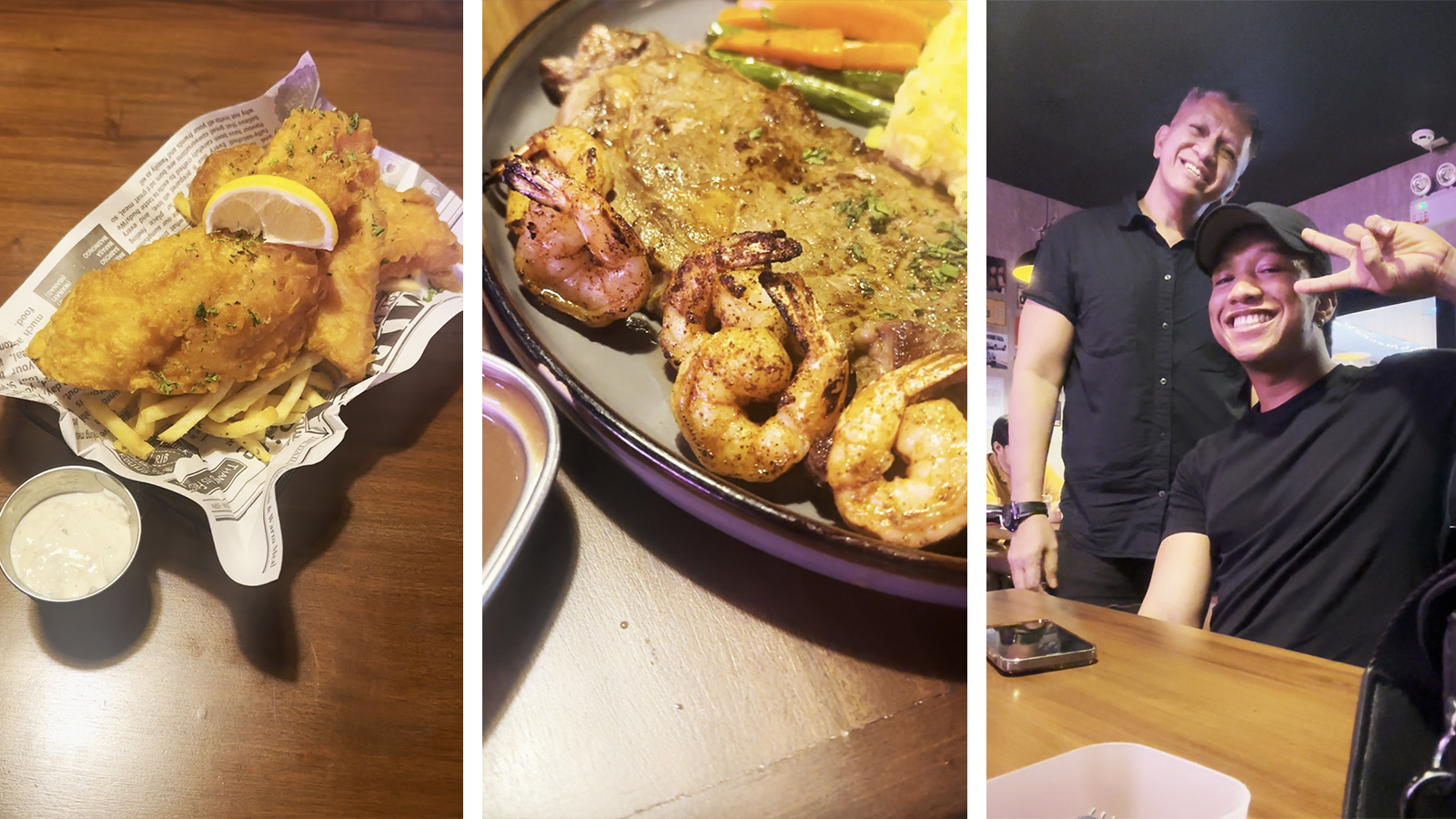
Bulacan may be a big province, but tourists will – admittedly – have a harder time looking for places to visit here. Unless you’re into hard-to-reach natural wonders, or churches, churches, and even more churches.
There’s something surprising in Bulacan, though: that is, there are actually a lot of not-bad dining venues there… which was what led us to discovering Project Steak.
How was the place for us?
@outragemag Lost in #Bulacan and looking for okay #food? We checked the #steak #fishandchips of @projectsteakbaliwag in #baliuagbulacan for this #LGBT ♬ original sound – Outrage Magazine
Una, Bulacan is a big province, so if you’re nowhere near Baliuag, you may find this place too hard to go to (particularly if you’re not driving). This is over an hour away from the City of Manila, passing through Obando, Bocaue, Guiguinto, Malolos, Pulilan, et cetera… so yeah, this isn’t the most accessible place to go to.
Ikalawa, the actual resto is actually small; seriously small. Luckily, there are two seating areas, so to speak. The resto itself has an airconditioned room that can only seat a handful; and a non-airconditioned area that it shares with Mimi’s, the café beside it. The airconditioning isn’t that cold naman, so staying outside may make sense particularly for those who are claustrophobic.
Ikatlo, keri naman ang personnel, able to explain what’s on the menu.
Ika-apat, how was the food?
- The Fish and Chips (₱300) was actually good, comparative to those from delis in – say – some suburb in Australia. The fish wasn’t malansa, was properly battered, and was well cooked. The chips – or fries – naman were of good quality, not disintegrating to the touch.
- The Meatballs Tomato (₱250) was so-so; that is, the meatballs tasted nice, but the pasta was just too sweet. Ganito: If you added more pasta, the sweetness of the sauce would still overhwlem.
- The Signature Ribeye Steak (₱550) was a bit small, though not surprising considering the asking price. Ordered MR, it was properly done, with the meat still juicy. You don’t get a lot of accompanying veggies; though the eggs we ordered in place of the potatoes were well done.
- The Surf and Turf (₱650) was basically a Ribeye Steak… with grilled shrimps. For both steaks, if there’s a major comment, it’s the lack of seasoning. Yeah, you can just add salt and pepper; but it tastes different when meat is seasoned before or during cooking since nanunuot ang lasa. The mashed potato was too margarine-y, and so was so-so. The shrimps were good even if they were somewhat small.
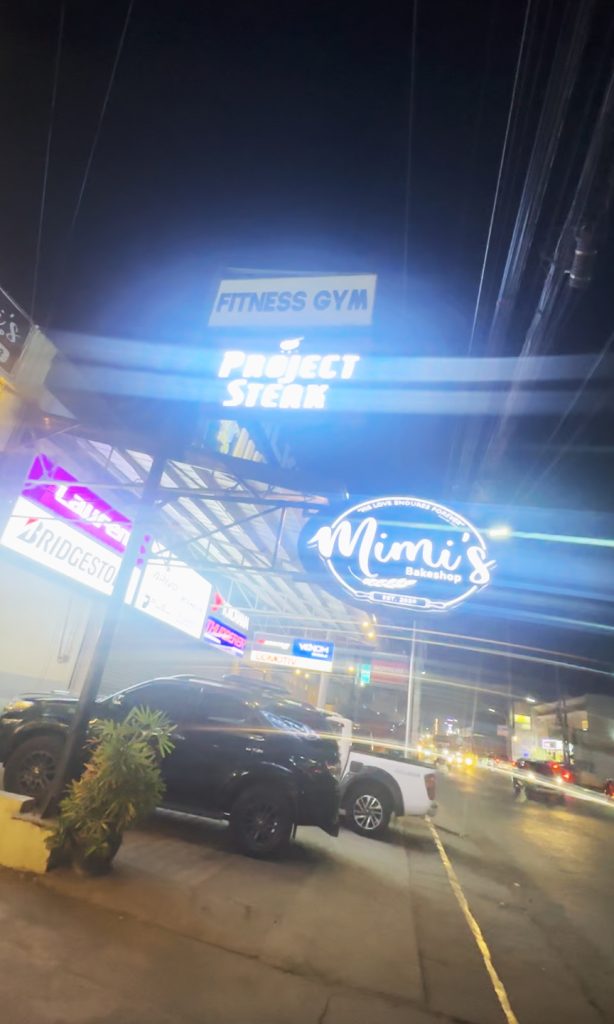
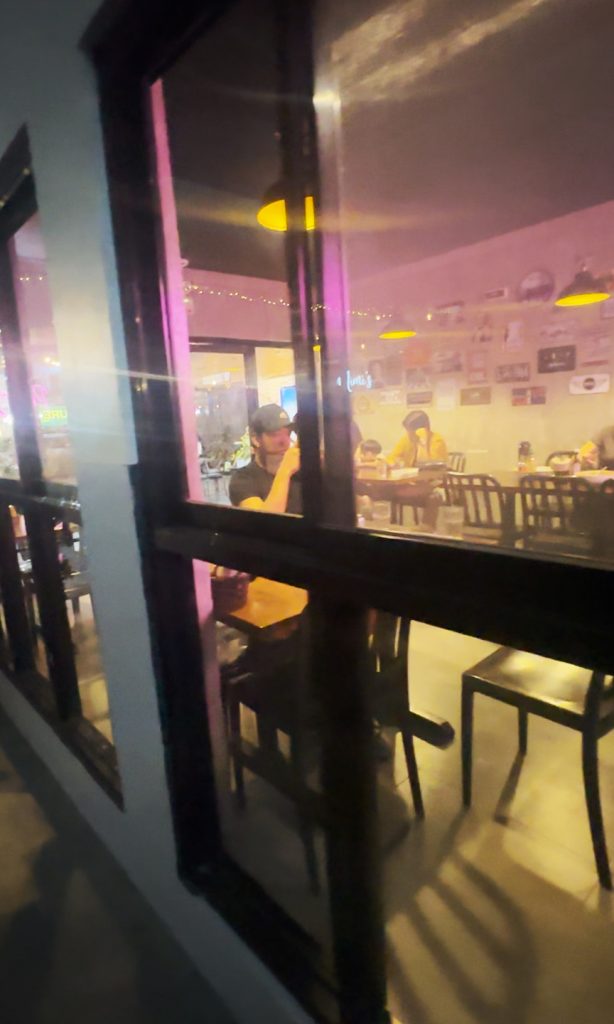
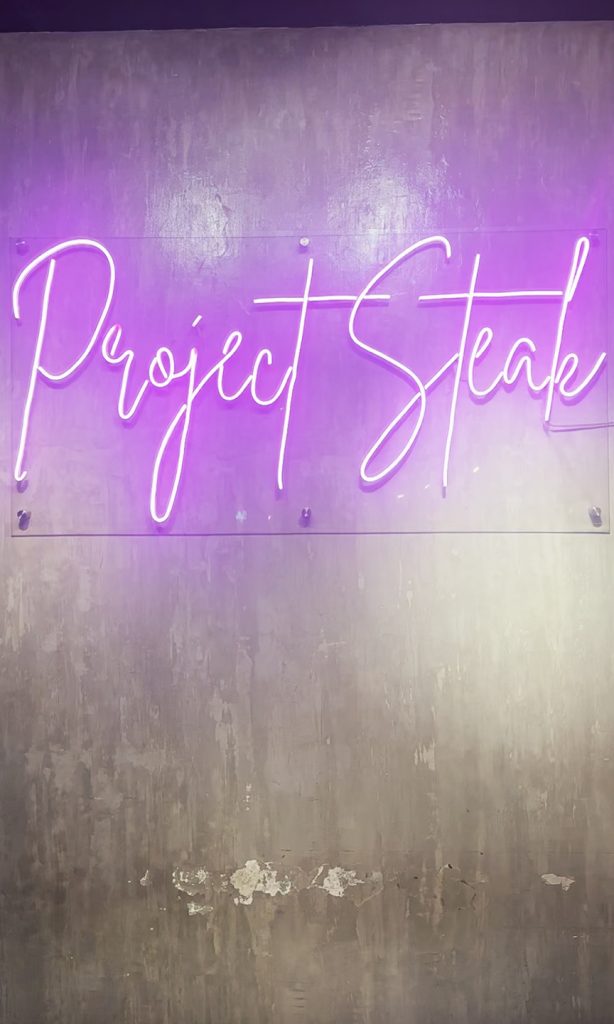
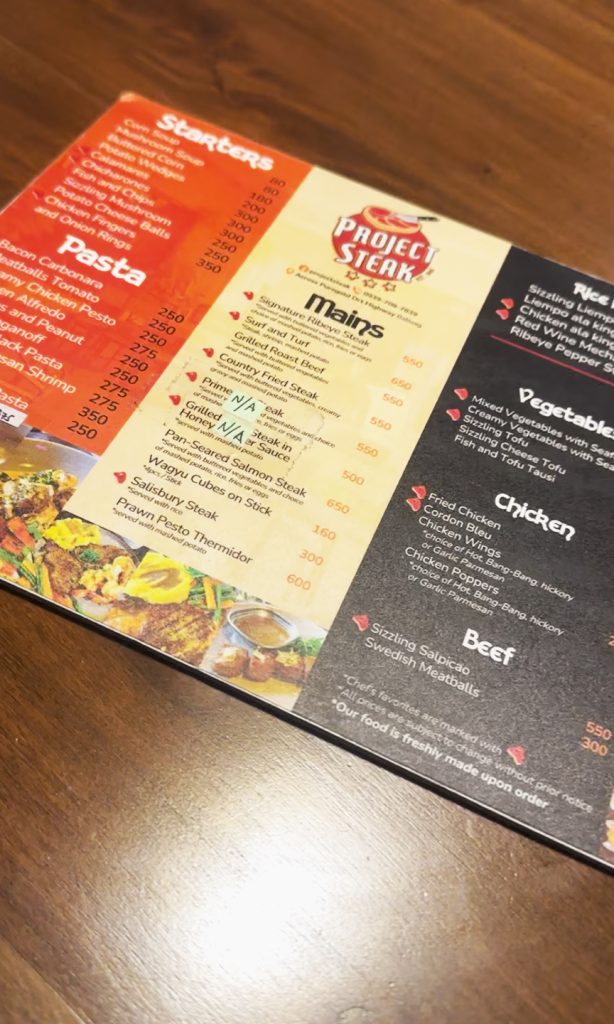
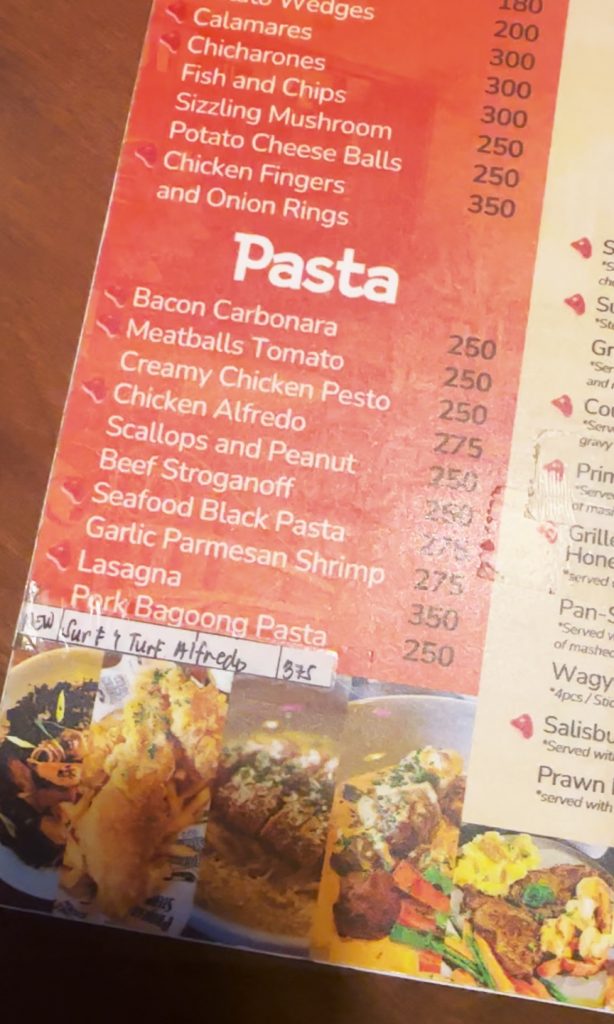
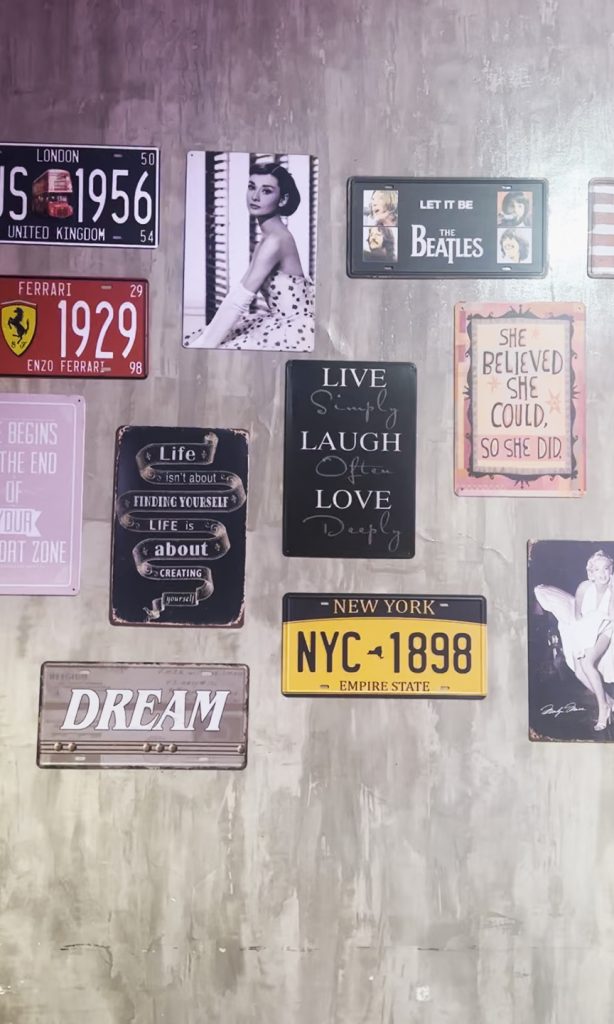
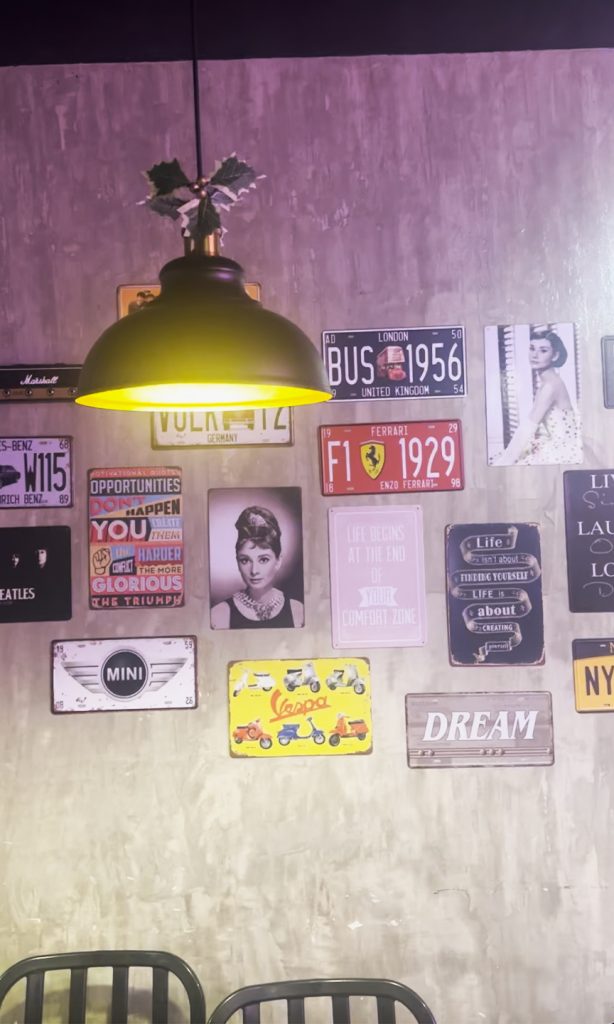


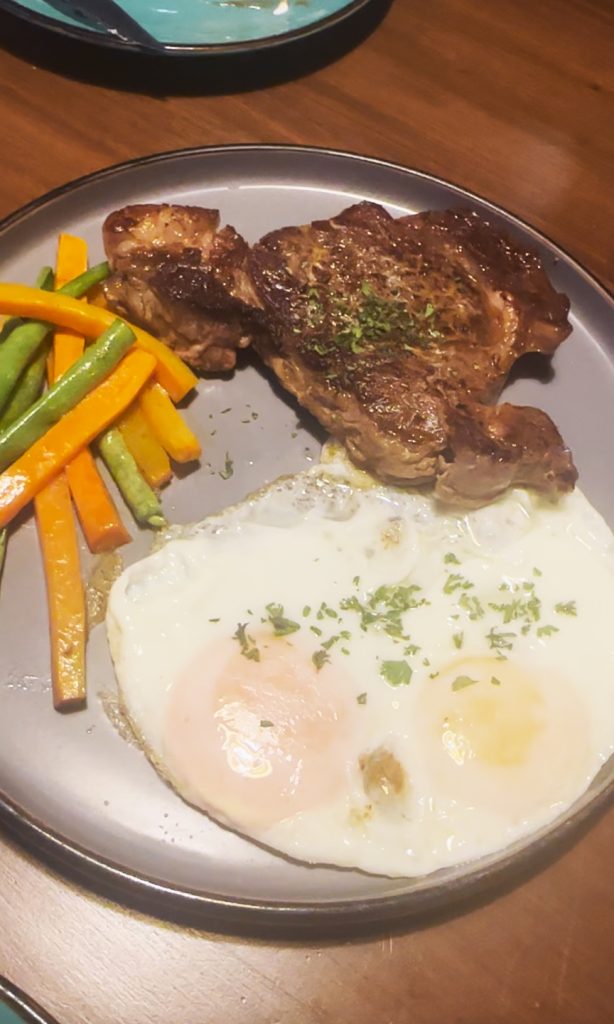
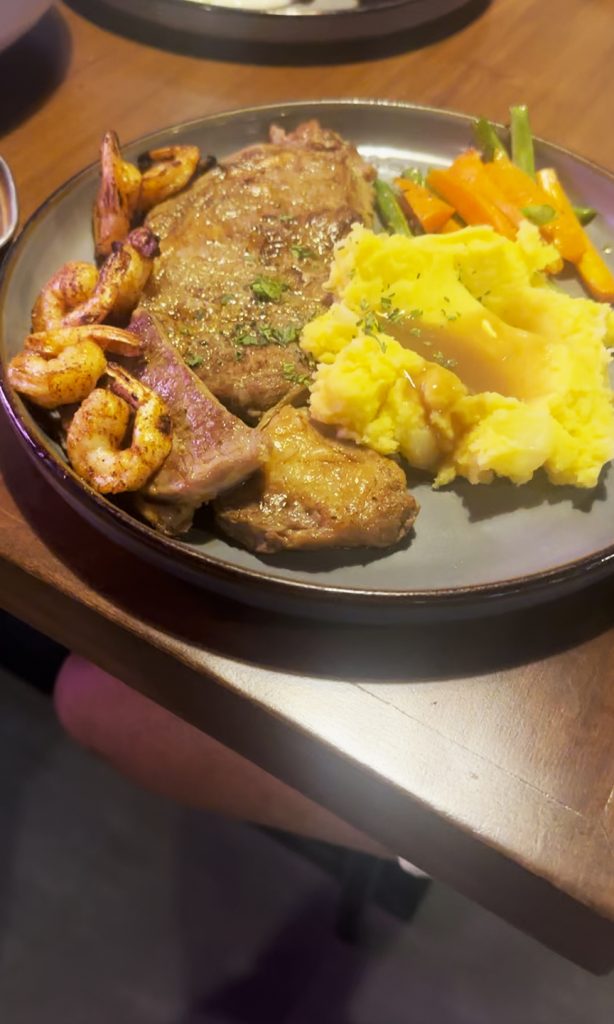
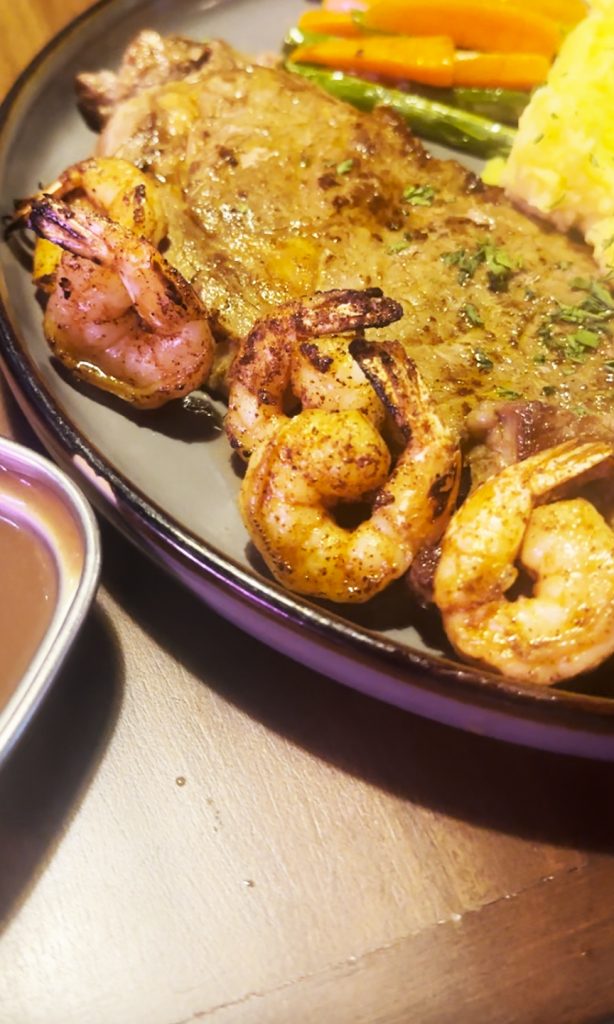



Is it worth to dayo, to target Project Steak? If you’re nearby and are looking for affordable steaks, perhaps. The ambiance is good, the offerings are presented well (check the plating!), and so on. But if it’s too far for you, and if there are other options for the same price wherever you may be, stay there na lang. That way, walang sisi.
Otherwise, join us as we look for more lafang venues.
Project Steak is located along Doña Remedios Trinidad Hwy, Baliuag, Bulacan. For more information, contact 0939 708 7839 or 0923 631 2559.
Travel
Checking the London Underground
UK’s London Underground serves millions every day, an example of a working train system (that we do not have in the Philippines). Sadly, 1 in 5 LGBTQIA+ travelers experience crime while using it, and 65% did not merit support from bystanders.

One way for Filipinos who are able to travel overseas can tell how bad our public transport system is, is by comparing the trains. We were invaded by White people in 1521, but – even now – we still only have three train lines.
@outragemag Check #LondonUnderground #trains in #London, aware it could be unsafe for #LGBT ♬ original sound – Outrage Magazine
UK, as an example, has the London Underground. Managed by Transport for London, this started in 1863 as the world’s first underground passenger railway. It now has 11 lines with 250 miles (400 kilometers) of track, with its 272 stations serving around five million passengers every day.
This isn’t a perfect system. Obviously, this is London-centric. It only serves the Greater London area, and some parts of the adjacent counties of Buckinghamshire, Essex and Hertfordshire in England. This is like saying na wala ngang LRT or MRT sa Bulacan o Cavite o Antipolo eh, and this lack highlights the exclusion of those also in need of proper public transport.
Looking at London’s train system through the LGBTQIA+ lens is actually disheartening… particularly if we talk not only about possibly meeting booking while riding trains. In 2023, London TravelWatch released a report that revealed that when LGBTQIA+ people used public transport:
- One in five (21%) experienced hate crime in the past year while travelling on public transport in London
- Four in five (82%) respondents changed their behavior or appearance to ‘fit in’ so they avoid abuse or harassment when travelling
- 65% of those who experienced abuse or harm when travelling in London said bystanders witnessed the incident but did not intervene
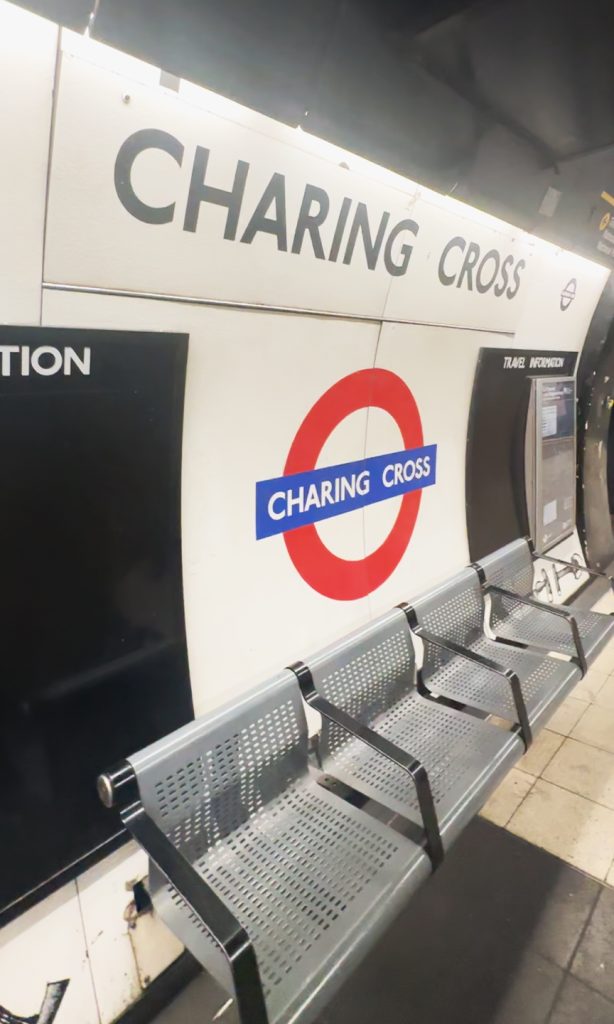
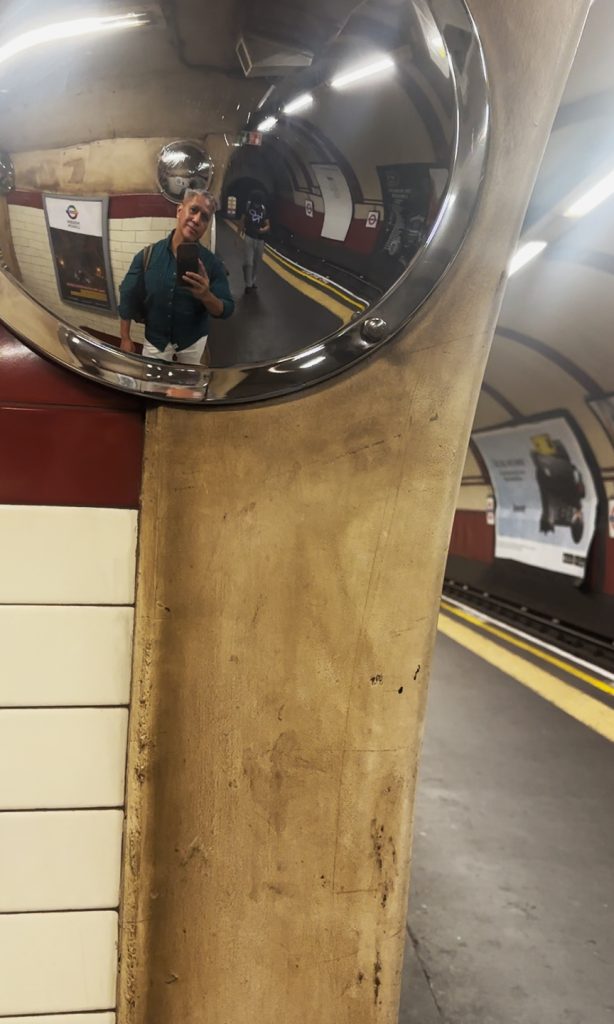
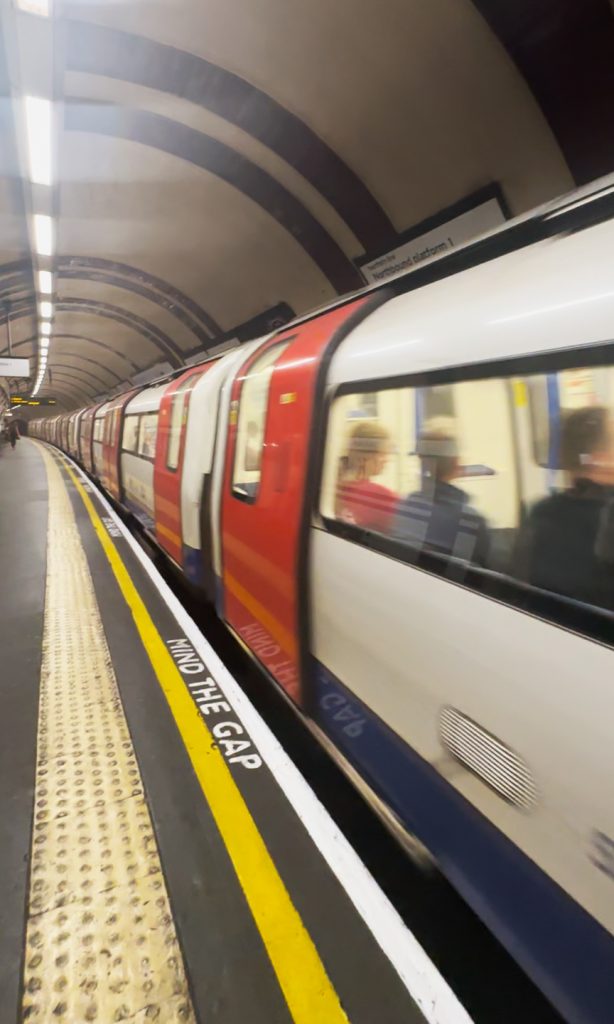
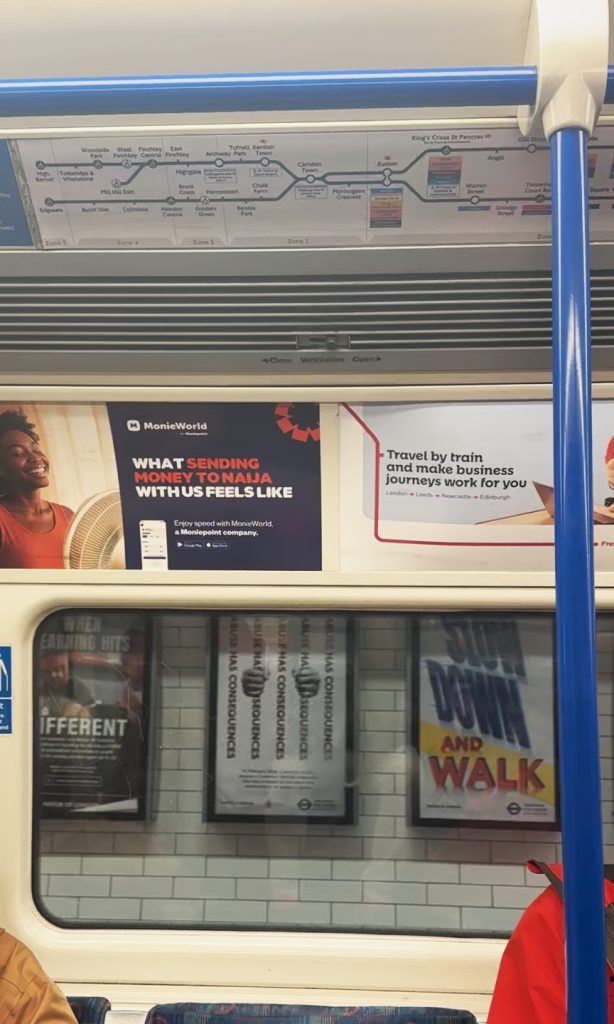
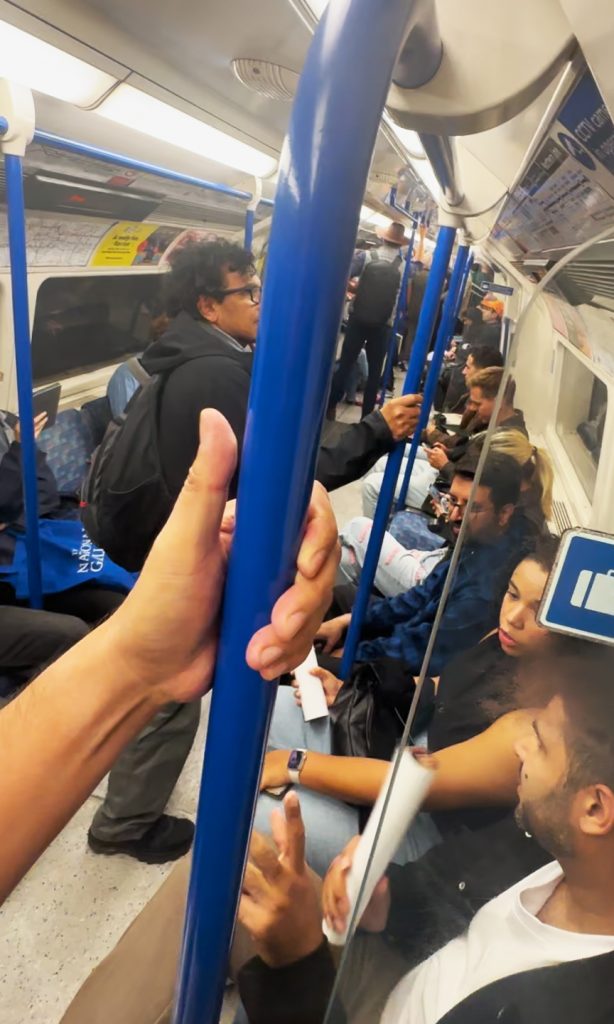
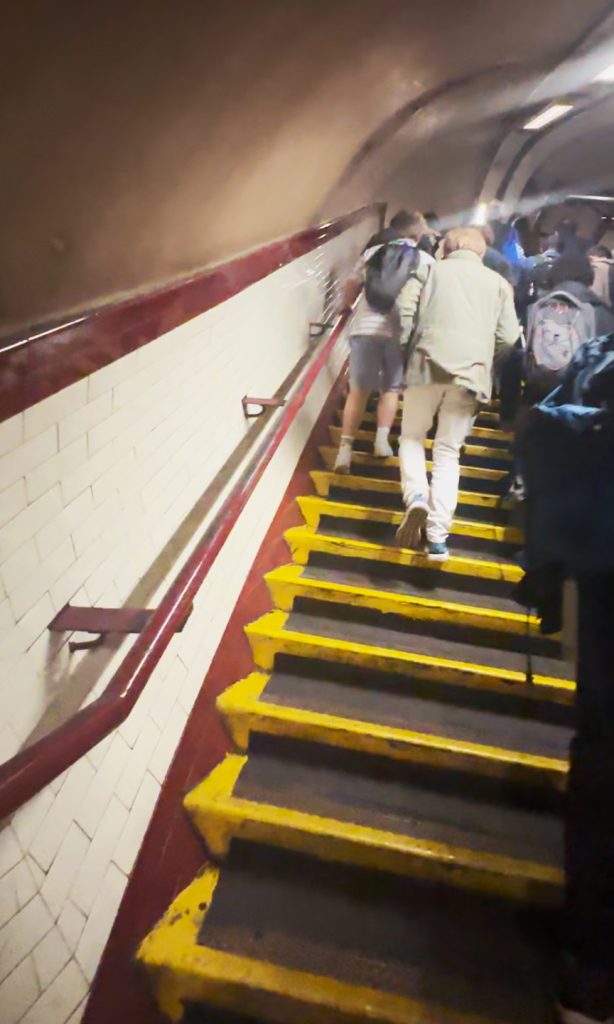

Lesson learned lang din: that even in spaces that better people’s lives, like a working train system, there are minority sectors that could be disadvantaged. And so this must always be considered to make sure all spaces are truly inclusive.
But off we go for more LGBTQIA+ rampa…
Destinations
London has The Monument to remember the fire that destroyed the city, but failed to learn lessons from what happened
Do you know of the #GreatFireOfLondon? #London has a monument for that but some anti-minority (including #LGBT) lessons are not learned.

In London in 1666, fire broke somewhere in Pudding Lane, with the blaze raging for days to – basically – gut the medieval City of London inside the old Roman city wall, though eventually extending past the wall to the west of London, and then swallowing almost the entire city.
@outragemag Heard of #GreatFireOfLondon before? #London has #TheMonument for that even if anti-minority (including #LGBT ♬ original sound – Outrage Magazine
The death toll, or yung dami ng namatay, is still contested even now. But some things are generally accepted as true, including:
- How the fire started in the bakeshop of the king’s baker, Thomas Farriner. So he is now eternally blamed for the fire, kahit na baka naman nakatulog lang siya dahil sa pagod sa trabaho. His boss nga eh, the king, did not know a single day of work because his position of power and wealth that came with it were inherited.
- The mayor at that time, Thomas Bloodworth, actually hesitated to make moves to stop the fire, though this is something we already expect from our politicians who – surprise, surprise – still manage to get elected anyway.
- There was blaming of the “others”, including immigrants, homeless people, and so on for causing the fire; this blaming of non-Whites is still common in the UK even now, even if the real abusers are those in positions of power as they make us fight among each other while they live in abundance.
Anyway, to commemorate what they now call as the Great Fire of London, and to mark na rin the rebuilding that followed, they established the Monument to the Great Fire of London. Also called as The Monument, it’s at the junction of Monument Street and Fish Street Hill.
Designed by Robert Hooke, and completed in 1677, The Monument is a column built of Portland stone, with a gilded urn of fire topping it. There is a viewing platform near the top, na ma-a-access through a narrow winding staircase of 311 steps.
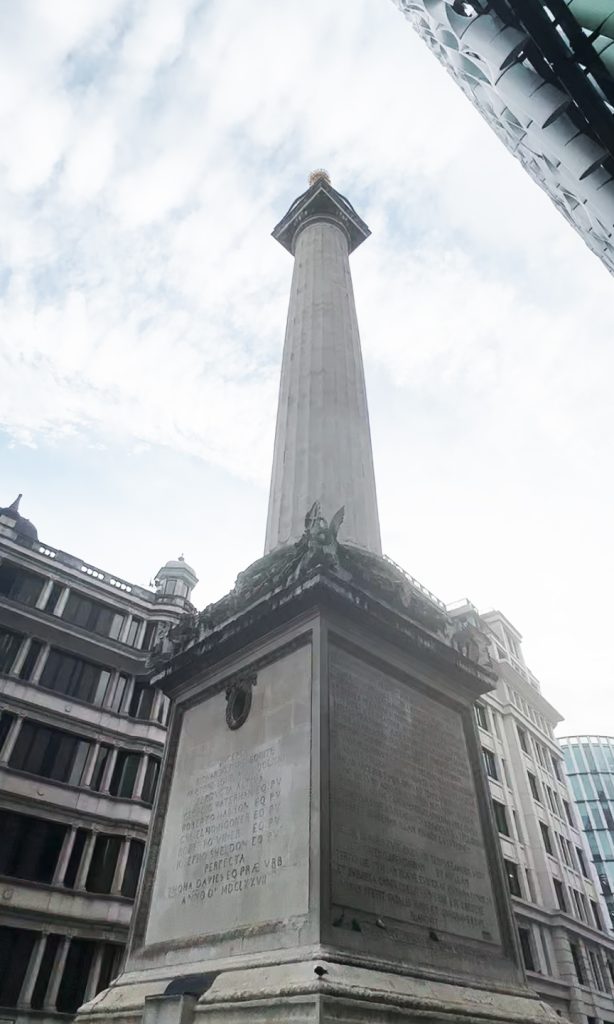
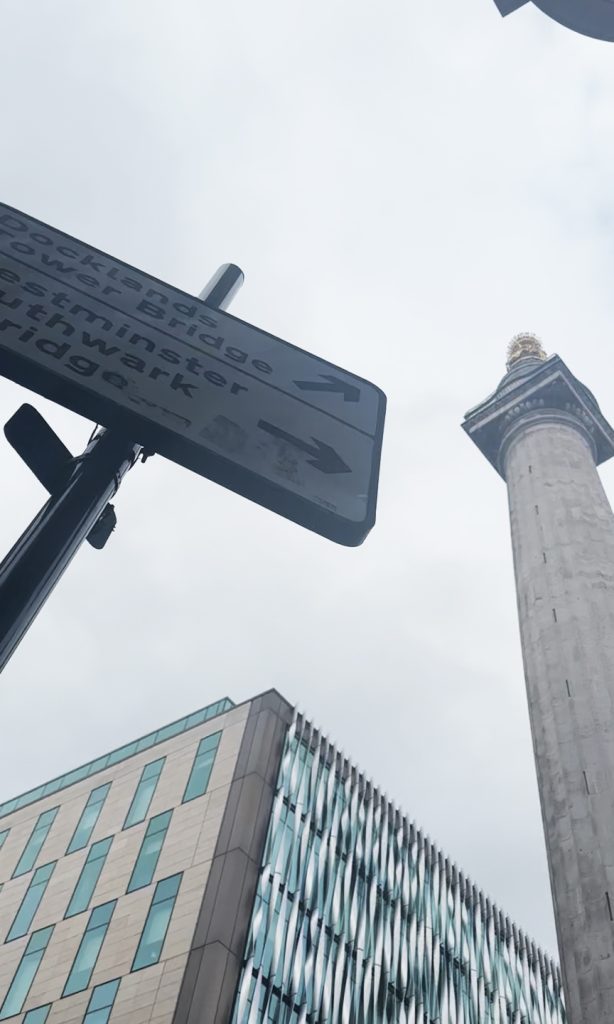
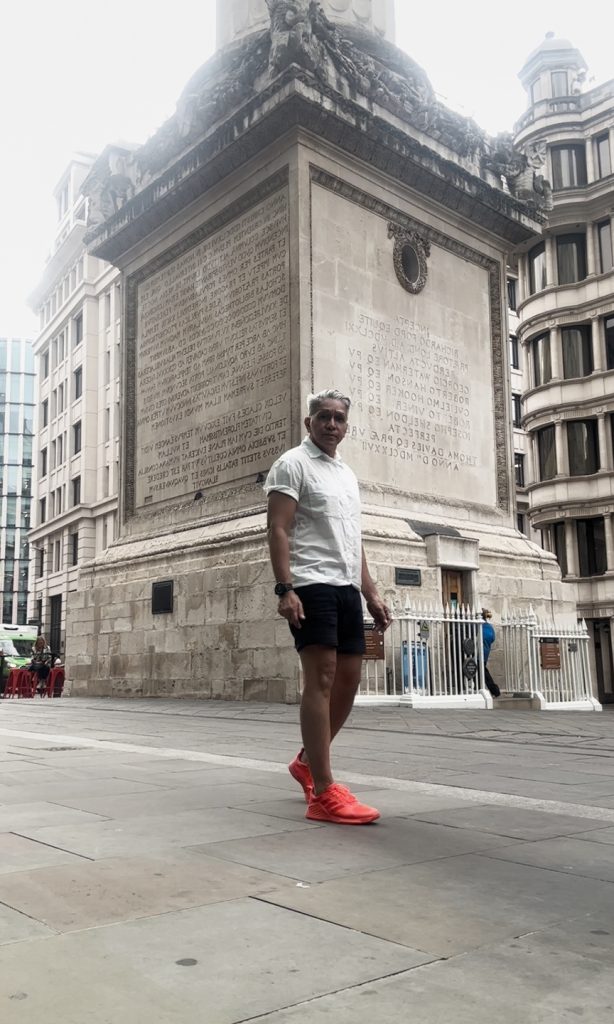
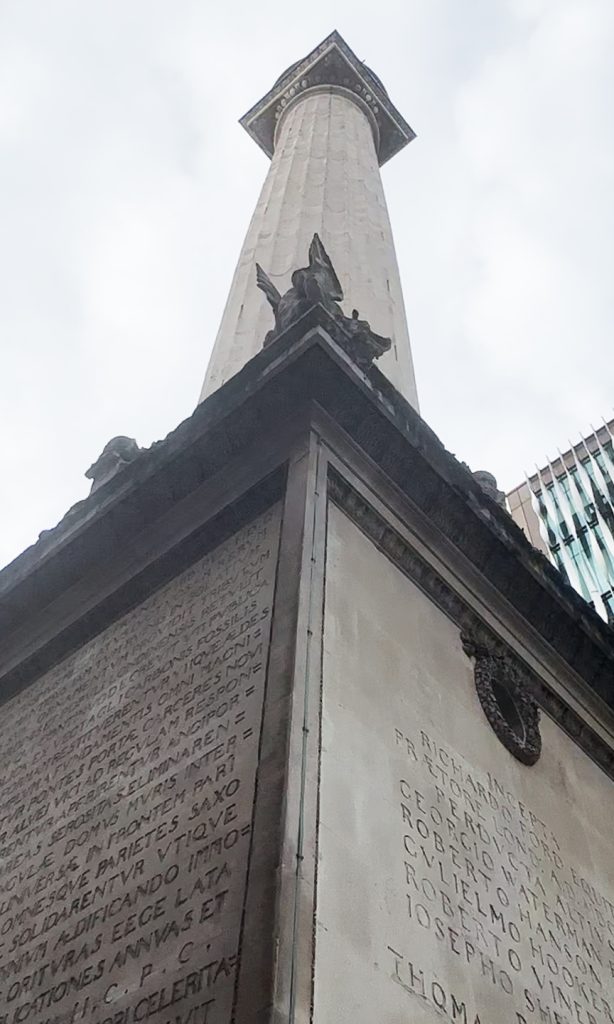
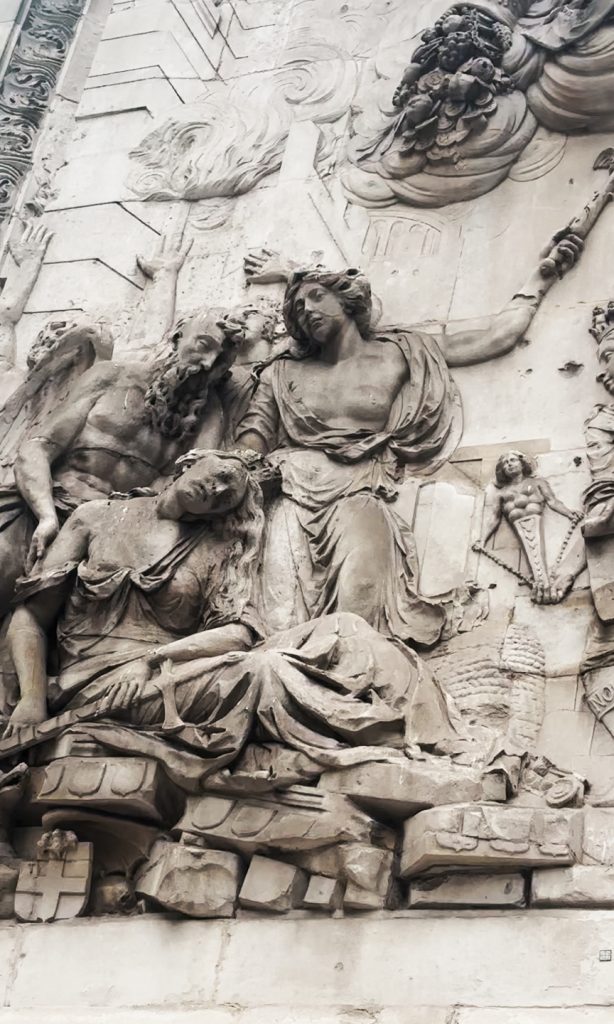
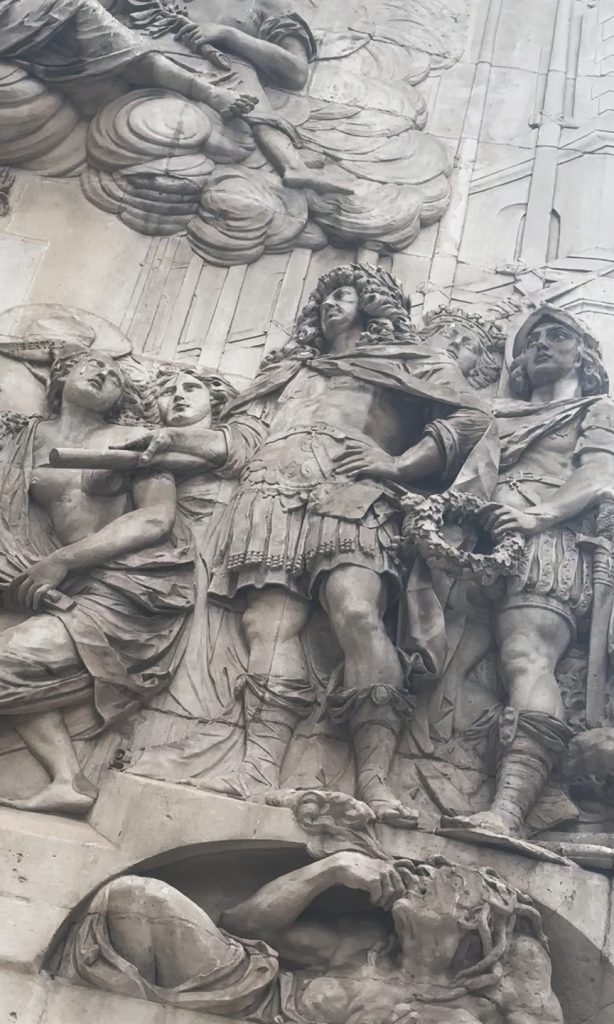
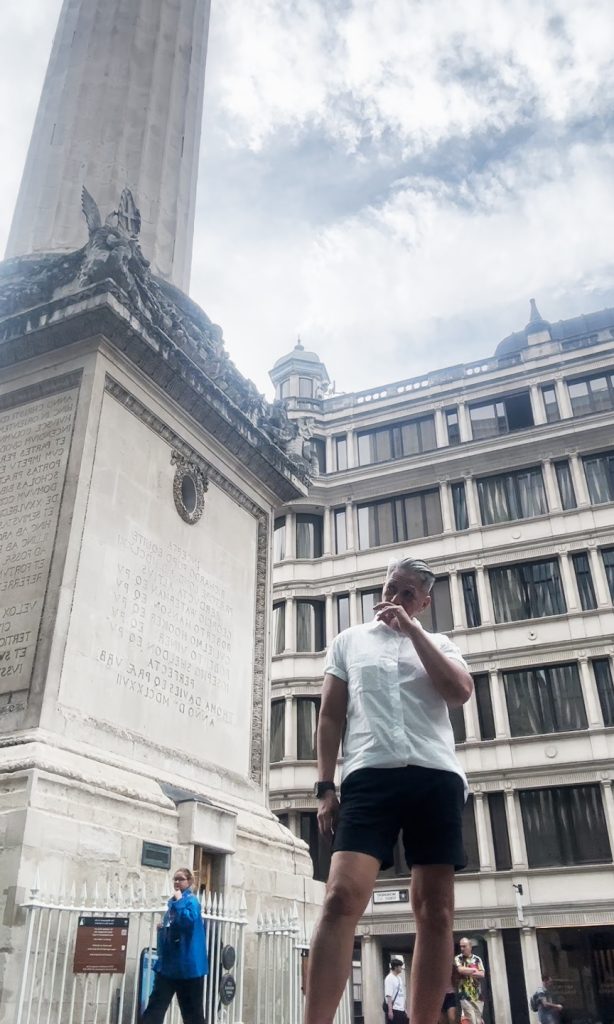
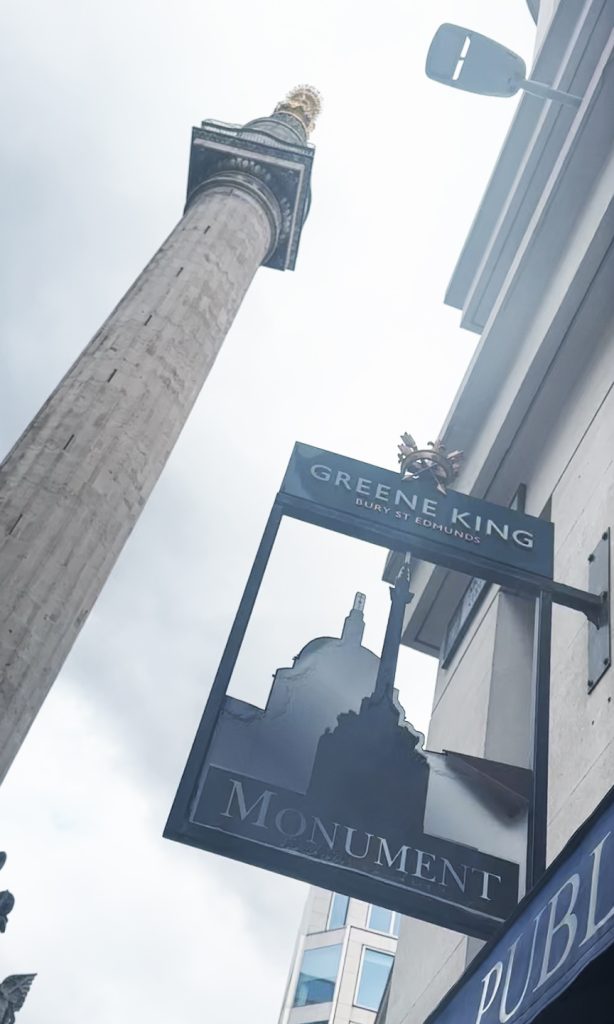
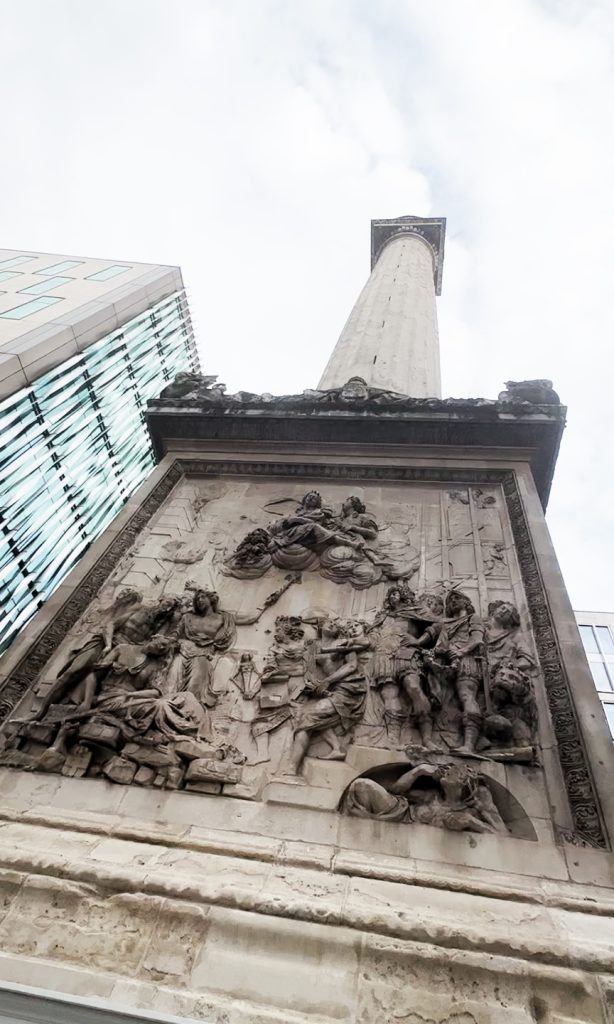
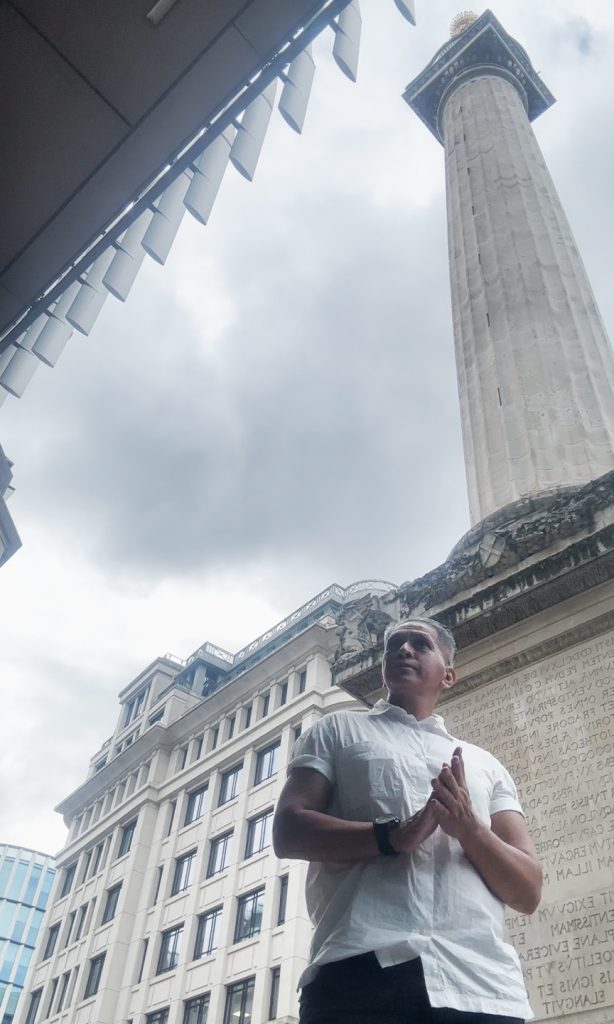
Sa Pilipinas, wala nga tayong great fire, but we have the never-ending ultra-great floods. Our politicians don’t care, too, focusing sa pagpapayaman through nakaw. But we don’t have markers; instead, we just have ruined lives. So yung lessons all the way from 1666, all the way from London, walang nakakarinig, as we all just look at the monuments and not their lessons…
But off we go for more #LGBTQIA+ rampa…
The Monument is located at the junction of Monument Street and Fish Street Hill in the City of London.
-

 Destinations4 weeks ago
Destinations4 weeks agoLooking for the Hollywood magic (then finding myth making) in Notting Hill in London
-

 Destinations3 weeks ago
Destinations3 weeks agoLondon has The Monument to remember the fire that destroyed the city, but failed to learn lessons from what happened
-

 Product Showcase2 weeks ago
Product Showcase2 weeks agoSix gold awards spotlight Mang Inasal’s marketing leadership at International Business Awards
-

 Nutrition2 weeks ago
Nutrition2 weeks agoEat your greens and skip the sugar spikes
-

 Destinations4 weeks ago
Destinations4 weeks agoYour idea of the ‘London Bridge’ is false… thanks to erroneous marketing pandering to our lookism
-

 Travel3 weeks ago
Travel3 weeks agoChecking the London Underground
-

 Wellness2 weeks ago
Wellness2 weeks agoRegular exercise ‘rewires’ heart-control nerves differently on left and right side, study finds
-

 NewsMakers2 weeks ago
NewsMakers2 weeks agoDistribution of fat could influence cancer risk, study suggests










